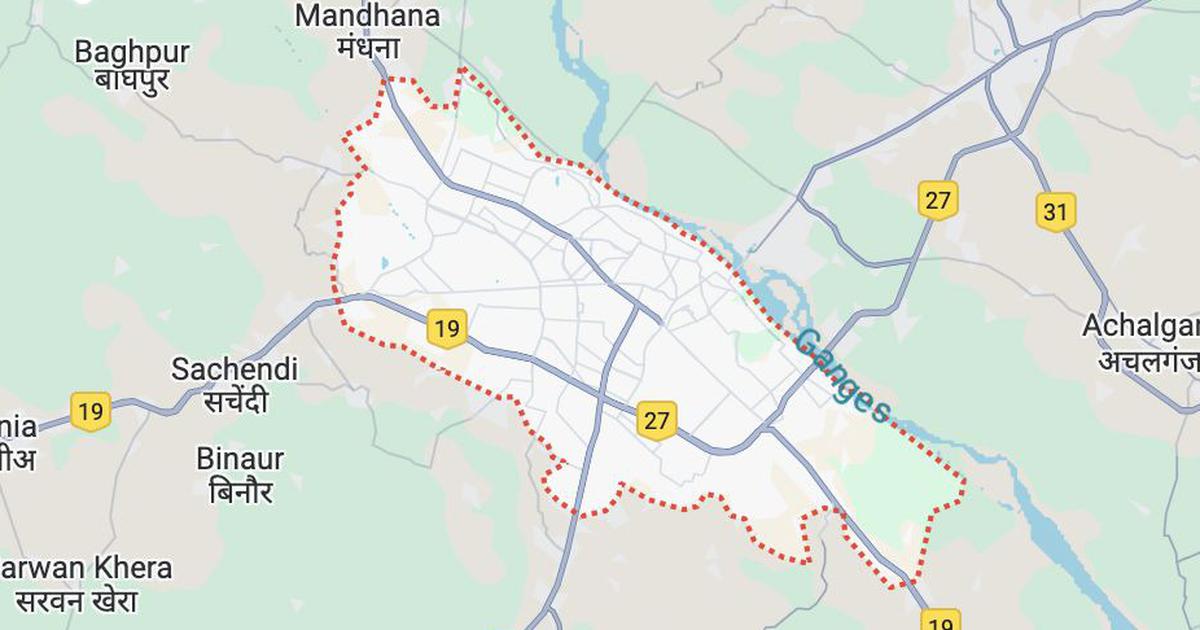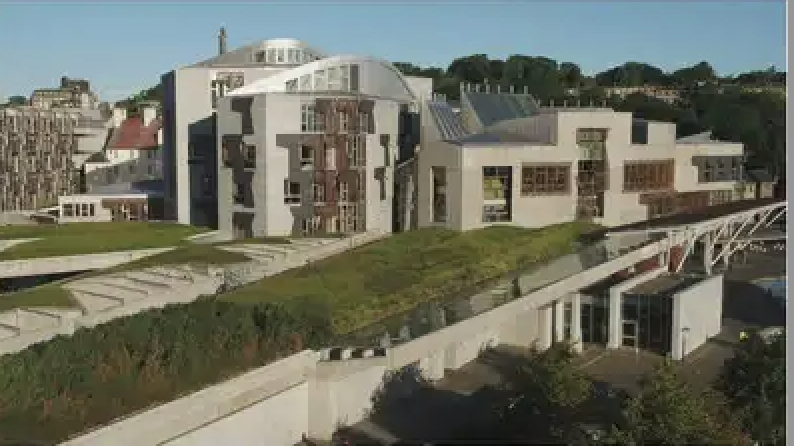By Praful Bidwai
The various wings of Hindutva-inspired terrorism go back a long way
The connections and events leading up to the unearthing of what the Maharashtra police believe is a well-ramified network of Hindutva-inspired terrorists cutting across different states, and responsible for the September bombings in Malegaon, could not have been more surreal. It’s as if all the authors who originally scripted Hindutva more than 75 years ago had suddenly come alive as the main actors in the drama being enacted today through the shadowy institutions they established and the individuals they inspired. ‘Sadhvi’ Pragya Thakur, Sameer Kulkarni, Maj Ramesh Upadhye and Lt-Col Prasad Shrikant Purohit are in a sense surrogate representations of the spirits of the founders of the Hindu Rashtra ideology.
Thus, Abhinav Bharat (AB), created a century ago by Vinayak Damodar Savarkar, the inventor-author of ‘Hindutva’ (1923), has been resurrected through Kulkarni and others who want to settle scores with the Muslims who apparently continue to ‘perpetrate atrocities’ upon Hindus — by creating an ‘armed’ India and burying Hindu sahishnuvad (tolerance) through aggressive ethno-religious nationalism.
The AB president is Himani Savarkar, daughter-in-law of VD’s brother Babarao, and daughter of Gopal Godse, brother of none other than Gandhiji’s assassin Nathuram. Babarao was one of the five founding members of the RSS and a crucial link between it and the Hindu Mahasabha, of which Balkrishna Shivramji Moonje, like the older Savarkar, was a long-standing president.
However, Moonje was more than just the Mahasabha president. Besides being an admirer of contemporary fascism, he was the political guru of RSS founder KB Hedgewar. The three Hindutva icons, Savarkar, Moonje and Hedgewar, all saw ‘Yavana snakes’ — Muslims — as a source of domination of the Hindus, on a par with British rule. They believed in militarising Hindu society which was rendered ‘effeminate’ by masculine ‘Islamic conquerors’. The obsessive emphasis on physical exercise, the martial arts, parades and the akhada culture in Hindutva organisations derives from this, as do khaki shorts, then worn by the colonial police.
This militarism duly translated itself into the establishment by Moonje of the Central Hindu Military Education Society at Nashik, which created the Bhonsala Military School in 1937, named after Chhatrapati Shivaji’s clan. The school’s explicit aim is to “to inculcate military virtues” in “Bharatiya” youth. BMS teachers rarely bother to hide their Hindu-communal views. BMS has prepared hundreds for entry into the National Defence Academy and the armed forces — itself a cause for concern. Purohit, a serving army Intelligence Corps officer, who has just been formally arrested by the Maharashtra police Anti-Terrorism Squad (ATS), is an alumnus of both the BMS and the NDA. This should alarm us all.
It’s no coincidence that tight connections have emerged between BMS, AB, and recently formed parivar groups like Bajrang Dal, Durga Vahini and Akhil Bharatiya Vidyarthi Parishad. Thakur has been an office-bearer of the last two. Upadhye was a BMS instructor and central to the conspiracy.
It’s futile for the BJP to deny that the suspects have strong parivar links or to contend that hat they are being framed. Thakur and her father have RSS backgrounds. She has had a cosy relationship with senior BJP functionaries, including Madhya Pradesh chief minister Shivraj Singh Chauhan. She campaigned for the BJP in the 2002 and 2007 Gujarat assembly elections. Nor should BJP supporters pretend that these are well-meaning ‘nationalists’ who became vigilantes out of frustration.
Hindutva is not nationalism, but majoritarianism of the same kind that inspired classical fascism. Hindutva-inspired extremists are no more legitimate than jihadi militants. Indeed, saffron terrorism is in a way more pernicious because it privileges prejudices within a numerically large religious community over the Constitutional tenet of secularism.
The government must correct the CBI’s 2006 lapse in diluting the ATS’s charges against Bajrang Dal activists killed in a bomb-making operation in Nanded, linked to the very same network and involving a large-scale conspiracy to target mosques at Parbhani, Jalna, Purna and Malegaon between 2003 and 2006. The Ajmer and Hyderabad blasts must be re-investigated. The Indian state has for far too long appearred to be indulgent towards majoritarian groups like the VHP-Bajrang Dal. It must correct this and reassure us all that it is serious about secularism.
This story was first appeared on dnaindia.com






